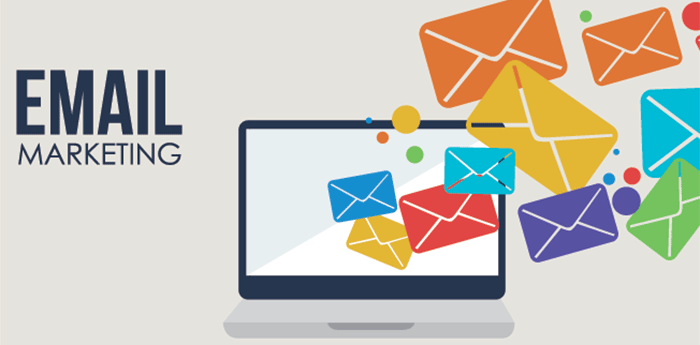3 Things That Separate Email Marketing Leaders from the rest
Email marketing is still big business. It gives brands opportunities to gain exposure and provides a significant ROI.
But how is it that some brands are more successful at it than others? Here are some things email marketing leaders do differently to stay ahead.
1. Strategy takes precedence
Strategy is vital to a successful email marketing campaign. It allows you to come up with the best tactics, which in turn will provide more value to the customer.
The most effect of all strategies is the segmenting, targeting and position (STP) approach.
When segmenting a list, email leaders group information according to common qualities. Once this has been achieved, they target the different segments with offers that are more relevant to those lists. As a result of being able to target more effectively, they’re able to provide tailored content that shows the value of the product.
A perfect example of the STP approach is Doggyloot’s email marketing campaigns. The flash sale site achieved a 750% higher CTR by sending different emails to customers depending on the size of their pets.
2. Relying on customer behaviour
Customer interaction with a brand’s website presents numerous opportunities for sending emails. This behaviour allows you to determine the best time to trigger an email.
One of the best examples is when an abandoned carts mailer, which is sent out when a customer drops a product into their virtual basket, but ends up not making a purchase. According to an Econsultancy survey, 37% of the participants use abandoned carts to trigger emails. However, an abandoned cart isn’t the only kind of behaviour that brands use to trigger emails.
BCBGMaxAzria, a clothing brand for women, achieved a 220% open rate and 525% increase in click through rate by identifying customer behaviour that allowed them to trigger emails.
3. Email lists should be kept clean
Because email lists are an integral part of emails (without them, you can’t send anything), they need to be kept spick and span. This is especially the case when looking at your bounces, which you should monitor thoroughly every time you broadcast an email.
High bounces should be of high concern. They may be because you have been blacklisted by email clients, which means your emails are sent to spam or not received at all.
One brand that had this problem is Estee Lauder, which was experiencing up to 14.1% bounces. The solution was to change to a new, more reliable email software, which validated its existing list and regulated bounces with a management scheme. As a result, it reduced its bounce percentage to less than 1%.
Looking at all these cases studies, it’s clear that brands that take a very proactive approach to their emails get big returns. Whether it’s strategy, behaviour monitoring or email list maintenance, giving these elements your utmost attention can net you incredible revenue.




